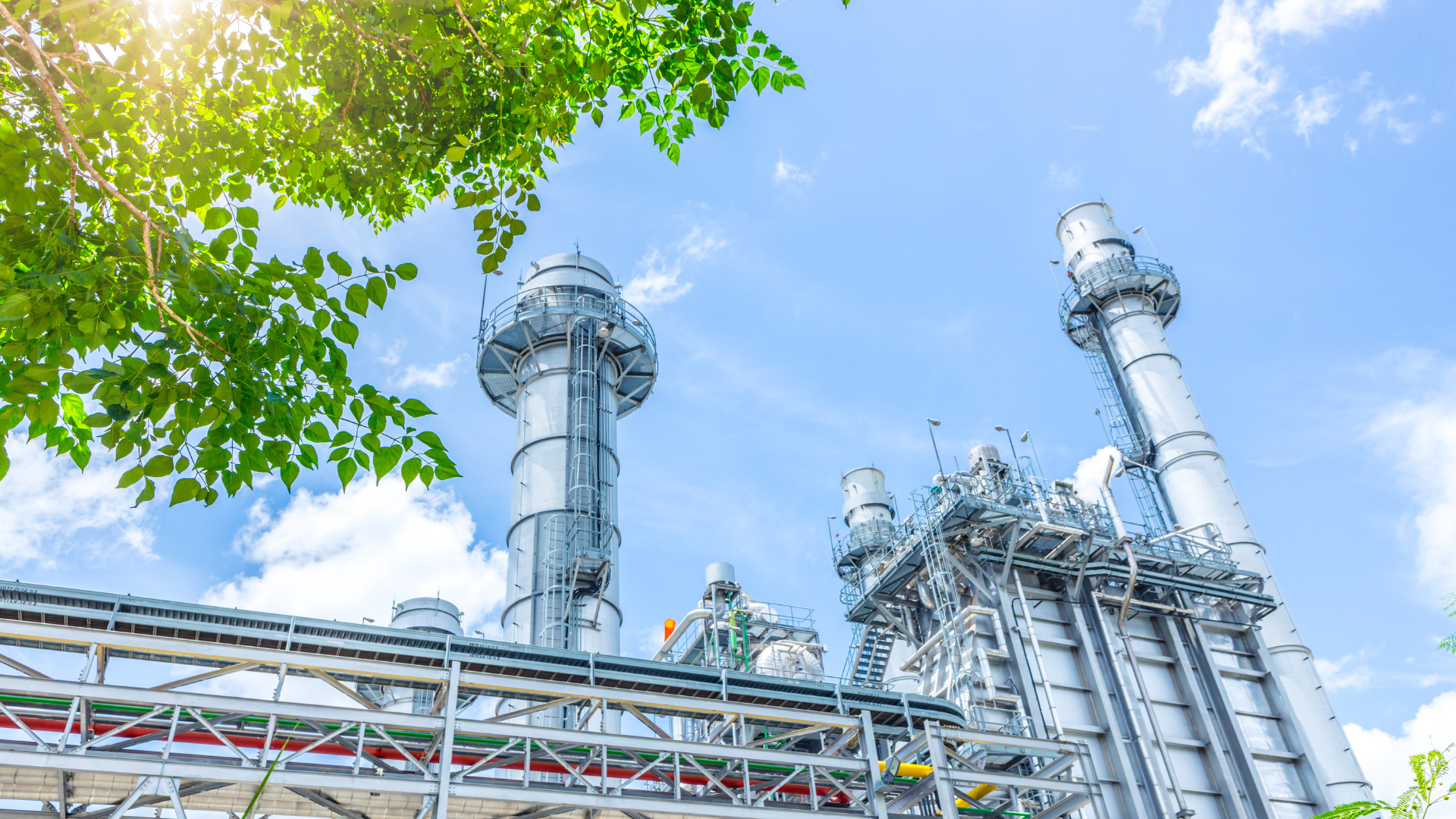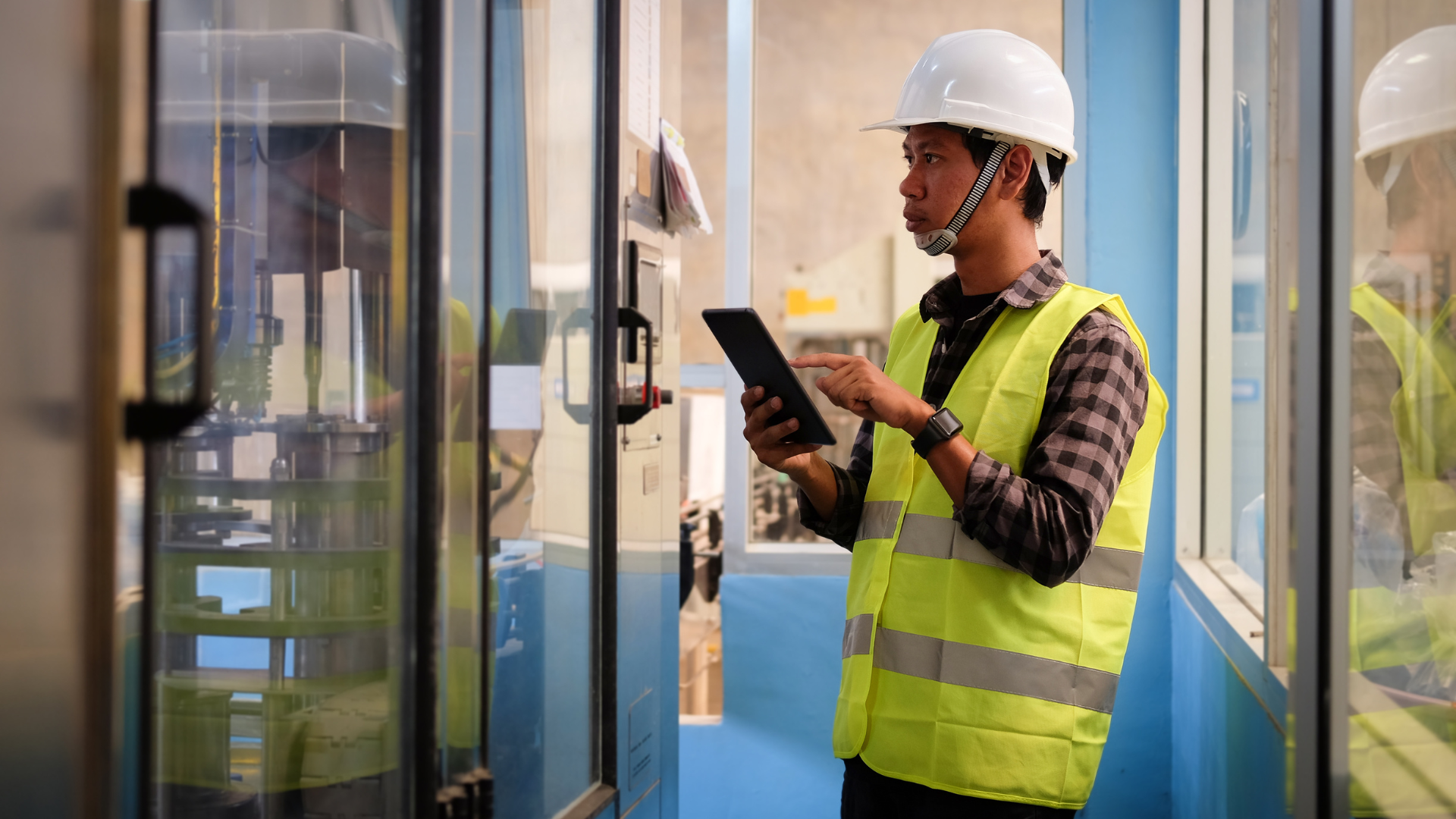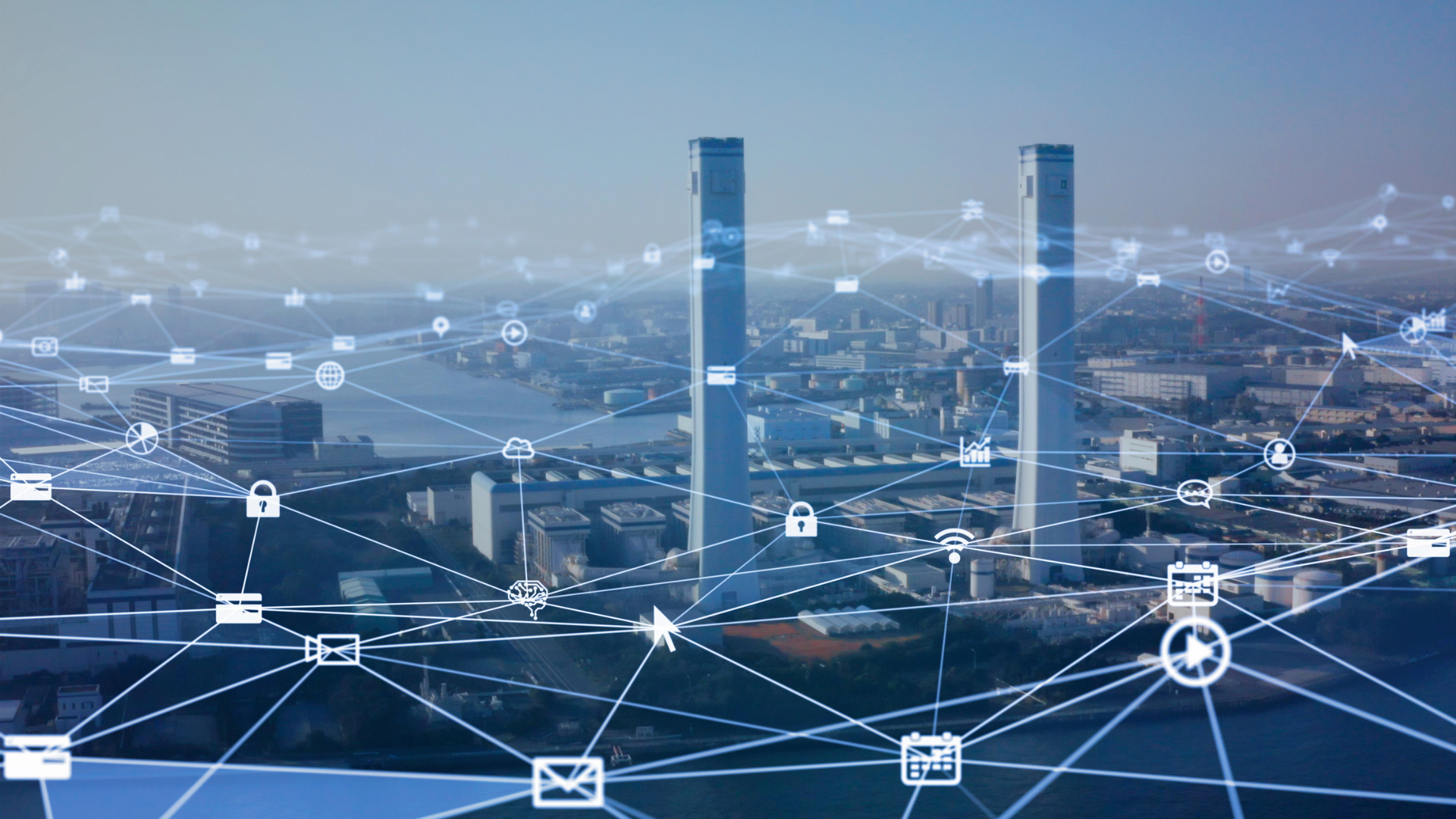Reducing Your Environmental Footprint: Hidden Levers in Your Operations

Reducing environmental impact is often seen as ambitious, complex, or costly. Yet many industrial companies in Quebec are realizing that much of the reduction can be achieved… simply by optimizing systems already in place.
Water treatment, resource management, and monitoring systems are often overlooked in environmental strategies — even though they account for a significant portion of energy use, chemical consumption, and above all, water use — a key driver of environmental footprint.
For instance, cooling towers can account for 60–70% of an industrial facility’s water usage. Optimizing their performance has a direct impact on sustainability — without requiring a complete overhaul.
Make the Shift to Smart Environmental Strategy
Get a clear estimate of the potential savings from your cooling systems.
The Environmental Impact of Traditional Industrial Practices
In many facilities, critical processes like refrigeration, water treatment, or disinfection still rely on outdated methods: fixed cycles, precautionary chemical overdosing, and no real-time data access.
This lack of operational precision leads to very tangible consequences:
- Excessive water and energy consumption
- Overuse of chemicals, impacting wastewater quality
- Unnecessary preventive maintenance tying up resources
- Difficulty demonstrating compliance with effluent standards
In this context, every precise adjustment becomes an opportunity to shrink your footprint — without needing to overhaul your entire infrastructure.
A Sustainable AND Cost-Effective Turnaround
A persistent myth in industrial sustainability is that it’s expensive. In reality, the most effective actions are often the most profitable. The real cost often lies in inaction — or in outdated, inefficient habits.
For example, a large petrochemical plant in Quebec dealing with fluctuating water quality from the St. Lawrence River implemented BioAlert’s Lp15 system to improve Legionella risk management. Results:
- 88% reduction in planned chemical shocks
- 15% savings on treatment products — over $17,500 saved in 8 months
- Zero Legionella-related shutdowns since installation
This double gain — environmental and financial — comes from one simple principle: when treatment is precise, every dose counts — and none is wasted.
Technology Powering Sustainable Performance
Modern monitoring systems like those developed by BioAlert are designed with sustainability in mind:
- Reduced chemical use via data-driven dosing
- Less water wasted through optimized purge cycles
- Fewer on-site interventions = fewer emissions from technician travel
- Better documentation for ESG certifications and audits
These systems offer continuous insight into critical parameters and trigger actions only when needed — a fundamental shift from rigid and costly legacy cycles.
A Chance to Stand Out
As ESG (Environmental, Social, Governance) standards become increasingly important in bids, certifications, and investment decisions, showing a structured and measurable approach to footprint reduction is a powerful differentiator.
A smart, data-backed sustainability strategy helps your business:
- Strengthen credibility with stakeholders
- Secure or accelerate funding for key projects
- Engage employees in a culture of sustainability
- Avoid penalties from poor or undocumented compliance
The Future Is Continuous Monitoring
Environmental transition isn’t just about symbolic gestures or public statements. It requires transforming internal processes — with tools that are reliable, measurable, and scalable.
With automated continuous monitoring, every liter of water, gram of chemical, and kilowatt becomes traceable and optimized. That level of detail is what empowers smarter, more sustainable decisions — every single day.
Start Your Sustainability Strategy Today
You don’t need a massive transformation project to begin making an impact. Start with what you already control: your systems, your cycles, and your maintenance practices.




